The European Anti-Poverty Network wants more investment in healthcare to reduce poverty by 20% among the elderly
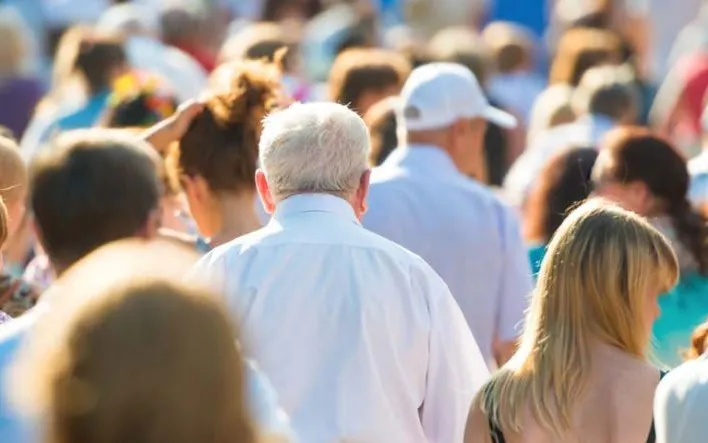
The EAPN is committed to the home model as an alternative to the residential one and emphasizes the importance of healthy life expectancy as a key indicator for assessing a country’s health status.
One of the most important determinants of health is poverty and in Spain 20.5% of the elderly population is at risk of poverty. In fact, Spain has more than two million people who haven’t paid enough social security contributions because they worked in the informal economy or with sporadic contracts.
Moreover, the invisibilisation of care means that women have worse health and lower pensions with the pension gap at almost 34%. During 2020, a woman’s average pension was of €817, whereas for men it was €1,237. In other words, the average pension of men is 51% higher than for women.
EAPNs report ‘Health inequalities among the elderly during the Covid-19 Pandemic’ calls out the causes behind inequalities that affect the health and wellbeing of the elderly, including unwanted loneliness, isolation and violence. These factors worsened with the Covid-19 pandemic and were especially harsh for people living with added vulnerability, such as people living with a disability, with other diseases or those living in homes for the elderly.
Healthy life expectancy
Life expectancy is one of the main health indicators for a country. In Spain, before the pandemic, life expectancy at birth was 85.7 years for women and 80.4 for men, one of the highest in the world. This indicator does not, however, take into account the quality of the years lived, and this is why the concept of healthy life expectancy is growing in popularity. This concept brings in a new dimension of quality to the number of years lived.
According to the European Health Interview Survey 2020, 82% of the population aged 65 to 72 indicated having a disease or chronic health problem, including physical, mental and emotional factors, such as unwanted loneliness. From 85 onwards, this percentage grows to 92%, and more so among women.
This unhealthy life expectancy is leading to the average per capita health expenditure of the public health systems for elderly people to triple. The report also stresses that this increased expenditure isn’t so much related to age, as to the health of a person. “If elderly people generate more expenditure when comparing ages, this is due to the fact that 15% to 20% of these people live in poverty and social exclusion chronically and haven’t had access to the benefits of healthier habits, therapeutic innovation or early diagnosis, which would have allowed them to maintain a better health during this stage”, according to the report.


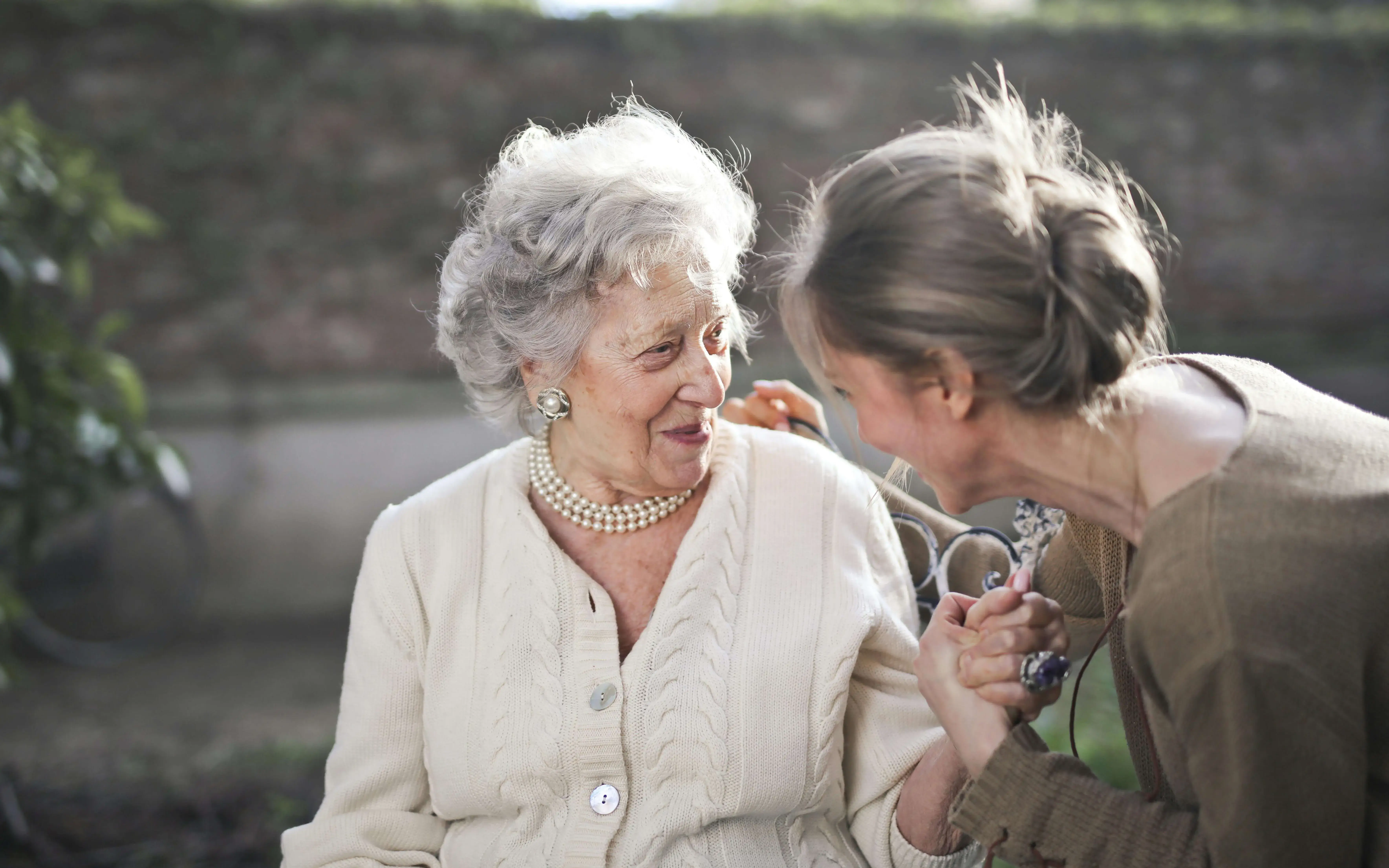
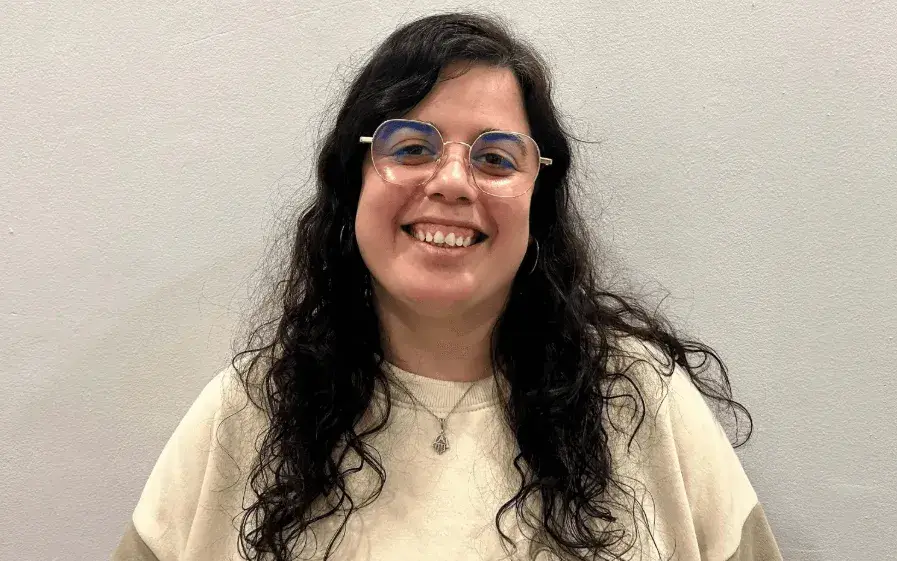
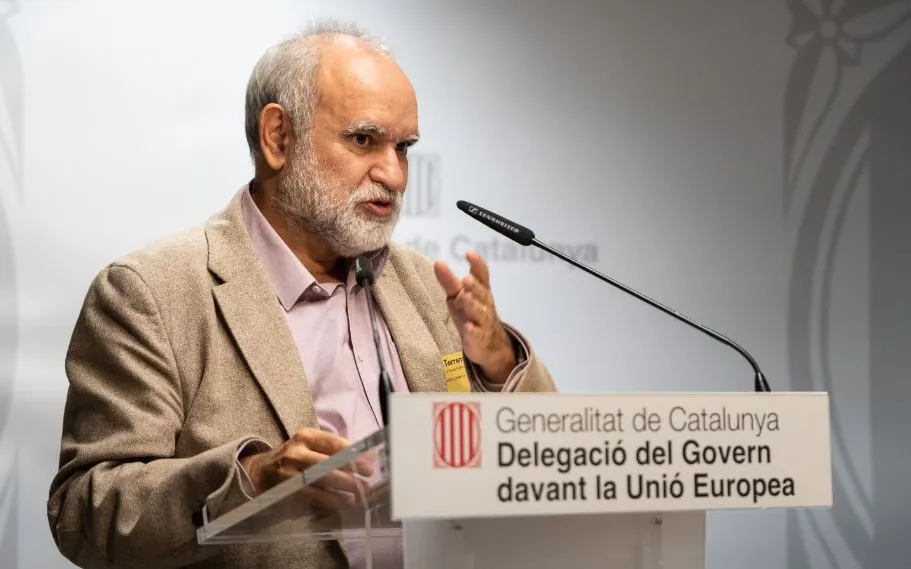
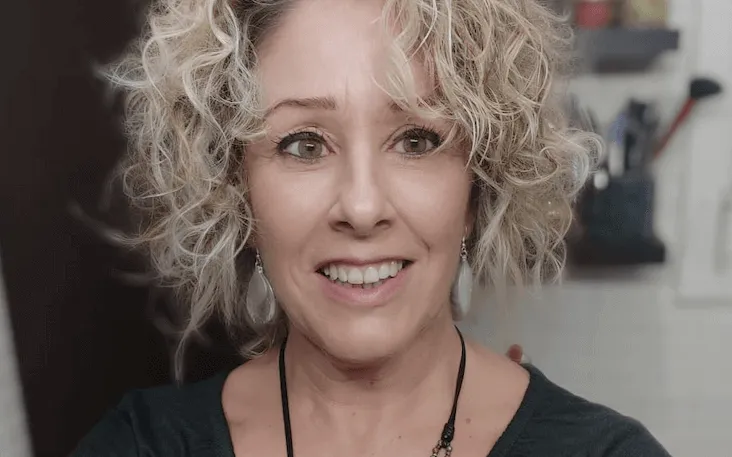
Add new comment